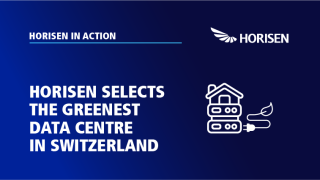Before taking centre stage next week at ITW Africa, Ike Nnamani, CEO, Medallion Data Centres, spoke to Capacity about the biggest opportunities and challenges shaping investment in digital infrastructure in West Africa.
“There is a push towards creating digital economies across Africa, which is creating a significant increase in data generated locally” Nnamani explains. This is one massive factor driving the accelerated demand for data centre capacity in West Africa.
Local regulations and policies implemented by governments and regulators, are dictating that this data must be stored locally, further driving investment.
“Many of these new services are latency dependant, such as video content” Nnamani says. “To ensure the highest quality of service, we need to make sure the data is stored closer to the end user.”
But this is easier said than done. West Africa does not have the core building blocks for the rapid deployment of data centre capacity required to keep up with expanding digital services.
One of these issues is power supply. Load shedding, or a lack of power availability means that backup solutions are required, or the data centre provider must produce its own power.
A further issue that Nnamani highlights is the lack of terrestrial fibre, beyond subsea connections. “We have to build our own networks, instead of tapping into pre-existing connectivity,” he says.
With more complex deployment comes a higher and more complicated capital expense, but while demand is high, “supply of capital is not always available within the region,” Nnamani explains.
“This means that you have to look for capital outside of the region, which comes with its own problems. You are competing with other regions that want the same money, and this can make presenting the business case challenging.”
Generally, though, Nnamani finds that West Africa isn’t struggling to attract investment, due to the high demand for services and the strong upside that can be found in the regions digital infrastructure.
Looking ahead, Nnamani expects the investment in West African data centres to continue, alongside subsea connectivity, such as the 2Africa cable, which will go live in a few months.
“In Nigeria and Ghana we are building or hosting the landing cable landing stations and the data centres that will provide the Submarine Line Terminal Equipment (SLTE) for the subsea cable” Nnamani says.
At ITW Africa, Nnamani will speak on a session titled “site selection - how do we manage the challenges of land and connectivity?” which will take place in the Mount Elgon Ballroom at 11.35am on Wednesday 13th September.
“ITW Africa is a great opportunity to network and to learn about the industry” Nnamani says. “There is going to be a lot of new data presented about the state of technology and infrastructure development within the continent.”






